Archives
- 2018-07
- 2019-04
- 2019-05
- 2019-06
- 2019-07
- 2019-08
- 2019-09
- 2019-10
- 2019-11
- 2019-12
- 2020-01
- 2020-02
- 2020-03
- 2020-04
- 2020-05
- 2020-06
- 2020-07
- 2020-08
- 2020-09
- 2020-10
- 2020-11
- 2020-12
- 2021-01
- 2021-02
- 2021-03
- 2021-04
- 2021-05
- 2021-06
- 2021-07
- 2021-08
- 2021-09
- 2021-10
- 2021-11
- 2021-12
- 2022-01
- 2022-02
- 2022-03
- 2022-04
- 2022-05
- 2022-06
- 2022-07
- 2022-08
- 2022-09
- 2022-10
- 2022-11
- 2022-12
- 2023-01
- 2023-02
- 2023-03
- 2023-04
- 2023-05
- 2023-06
- 2023-08
- 2023-09
- 2023-10
- 2023-11
- 2023-12
- 2024-01
- 2024-02
- 2024-03
- 2024-04
- 2024-05
- 2024-06
- 2024-07
- 2024-08
- 2024-09
- 2024-10
- 2024-11
- 2024-12
- 2025-01
- 2025-02
- 2025-03
-
Several in vivo human studies
2020-01-16
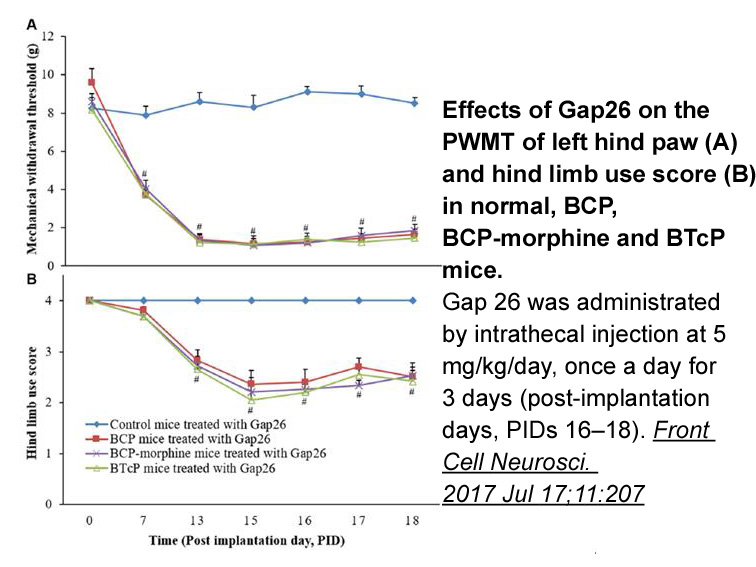
Several in vivo human studies have produced conflicting results for evaluating the inhibition of OCs on the metabolism of CYP3A substrates. Balogh et al. [12] demonstrated an approximately 25% inhibition of CYP3A activities in vivo after the administration of an OC containing 30μg of ethinylestradio
-
br Acknowledgments br Introduction to the somatic mitotic ce
2020-01-16

Acknowledgments Introduction to the somatic mitotic cell cycle Cell cycle dysregulation and cancer Structures of the cyclin-dependent protein kinases Structure of the CDK hydrophobic skeletons Classification of protein kinase-drug complexes Dar and Shokat defined three PI3K Akt mTO
-
Introduction Since the recognition of
2020-01-16
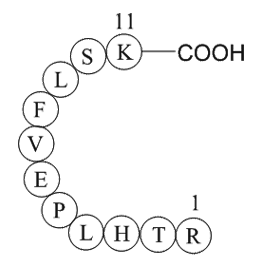
Introduction Since the recognition of AIDS in 1981 more than thirty-five years ago, nearly 70 million individuals have been infected with human immunodeficiency virus type 1 (HIV) and roughly half have died (http://www.unaids.org/en/resources/documents/2016/AIDS-by-the-numbers). Although the introd
-
Taking into account that Gr dysfunction is
2020-01-16
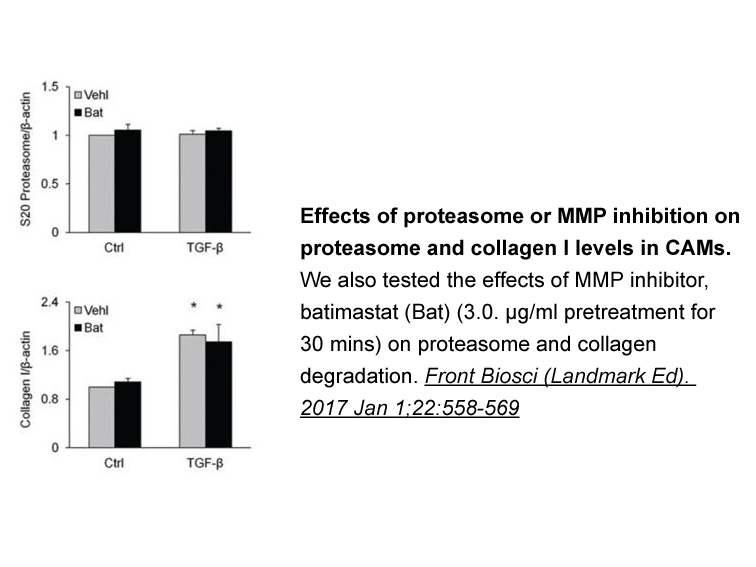
Taking into account that Gr dysfunction is involved in the molecular mechanisms underlying HPA axis disorder (Li et al., 2017b) and Gr activity has been reported to be lowered in patients with severe mood disorders (Rush et al. 1996) and in adult rats (Green et al. 2016), PFOS could alter HPA axis a
-
The intestinal cholesterol absorption markers sitosterol and
2020-01-15
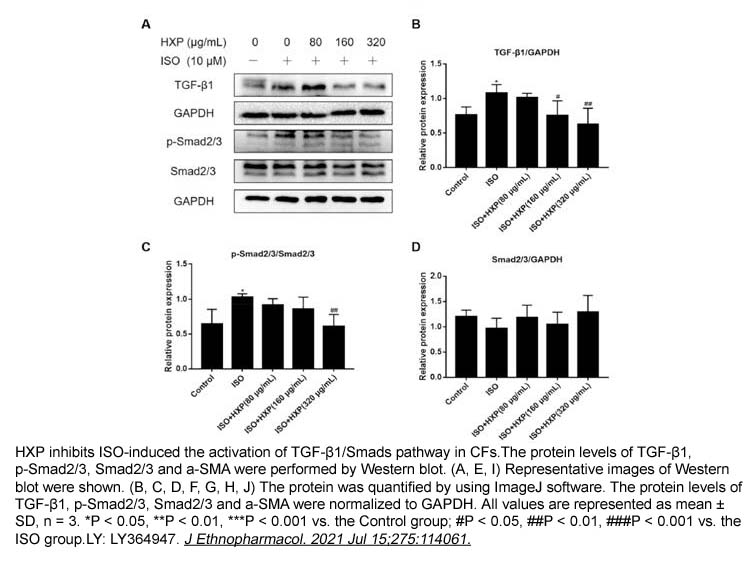
The intestinal cholesterol tnf alpha markers sitosterol and campesterol to cholesterol levels were significantly lower in Villin-Tgif1 mice compared to wild type mice, irrespective of diet. However, the decrease was less pronounced in Villin-Tgif1 mice fed a chow diet (∼20–30%) compared to mice fed
-
br Deubiquitination deubiquitinases and cancer Protein deubi
2020-01-15
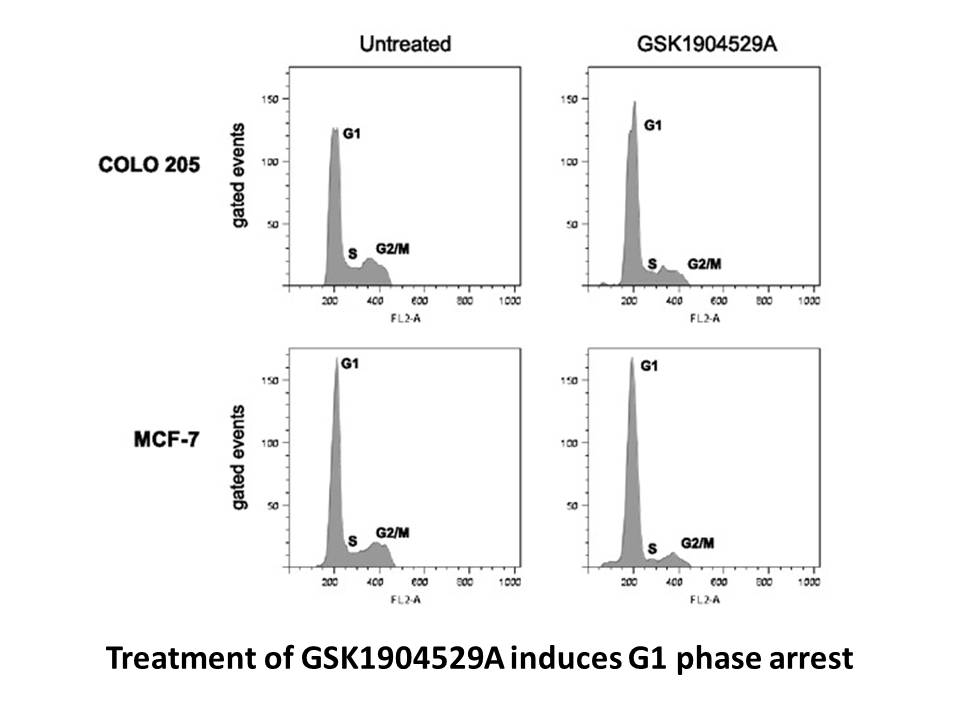
Deubiquitination, deubiquitinases and cancer Protein deubiquitination is reverse process of ubiquitination and performed by deubiquitinases or deubiquitinating enzymes (DUBs), which help in removal of ubiquitin from target proteins and involve in ubiquitin maturation, recycling and editing (Pfoh
-
The archaea are a group
2020-01-15
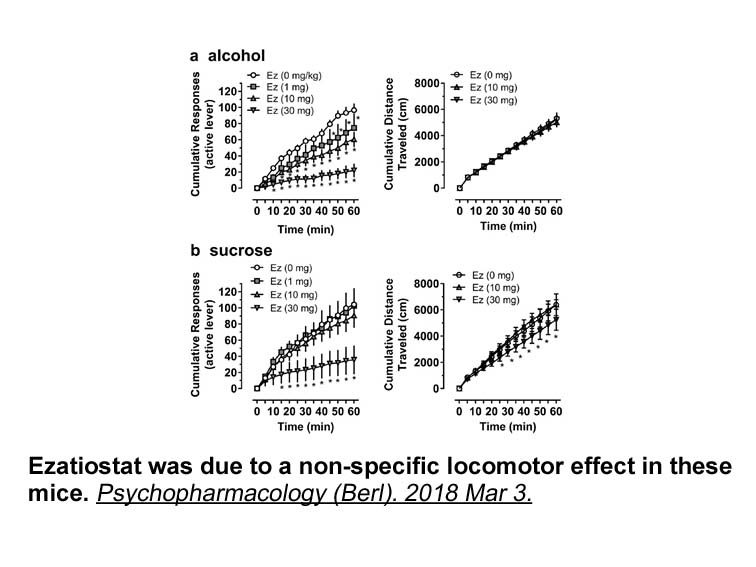
The archaea are a group of microorganisms, and many belong to extremophiles, living in extreme environments, such as those with high temperatures [6], [7]. Methanocaldococcus jannaschii is a methane-producing archaea [8]. It grows at pressures of up to more than 200atm and at an optimum temperature
-
In the past few years DNA
2020-01-15

In the past few years, DNA-templated fluorescent metal nanoparticles have been developed as ideal alternatives to organic dyes due to their facile synthetic process, outstanding optical properties, ultrafine size, and fine biological compatibility. Since the first successful demonstration of DNA-tem
-
Collectively the results presented here provide new insights
2020-01-15
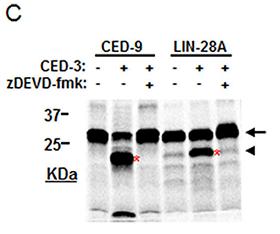
Collectively, the results presented here provide new insights into ligand binding, clustering, spatial distribution, and phosphorylation of DDR1b and DDR2 in response to soluble collagen I. As depicted in the cartoon of Scheme 1, we postulate a model in which the spatial distribution and assembly of
-
In the PTEN loss mouse model deletion of ATG gene
2020-01-15
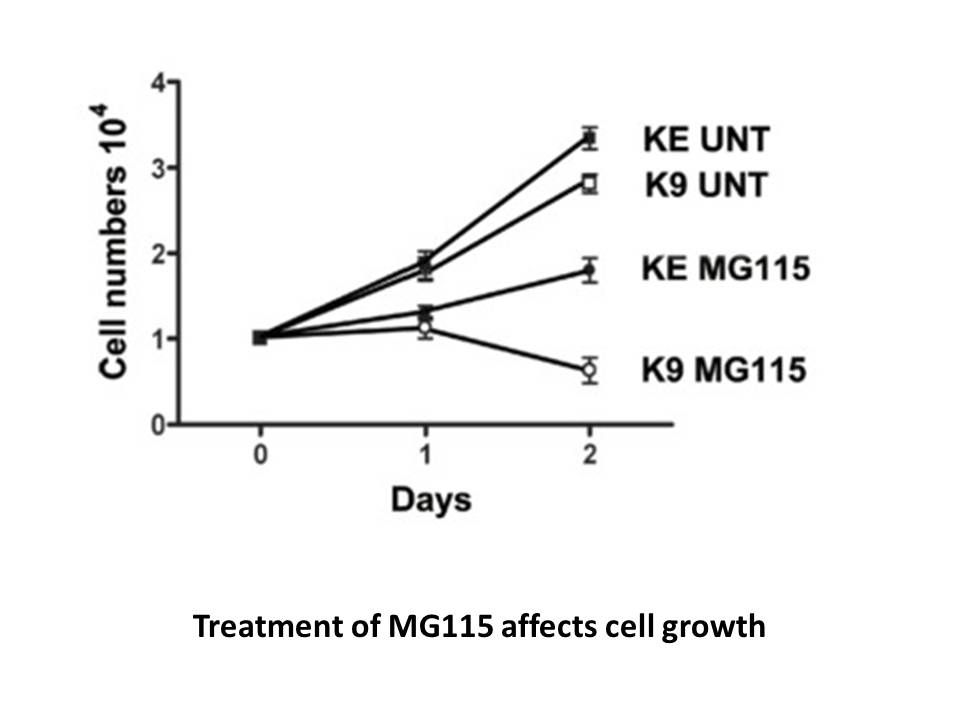
In the PTEN loss mouse model, deletion of ATG7 gene not only caused an autophagy-deficient phenotype, but also postponed the progression of inoculated prostate tumor [22]. On the basis of these experimental facts, these ATG7 and PTEN related genes were then compared with the 3020 BCR-associated gene
-
Nicotine is the main psychoactive component
2020-01-15

Nicotine is the main psychoactive component of tobacco that causes addiction. Besides the regulation of the stress responses, CRF has been implicated in nicotine addiction based on several lines of evidence (Bruijnzeel and Gold, 2005, Sarnyai et al., 2001). First, acute administration of nicotine, l
-
We performed three baseline scans in two
2020-01-15
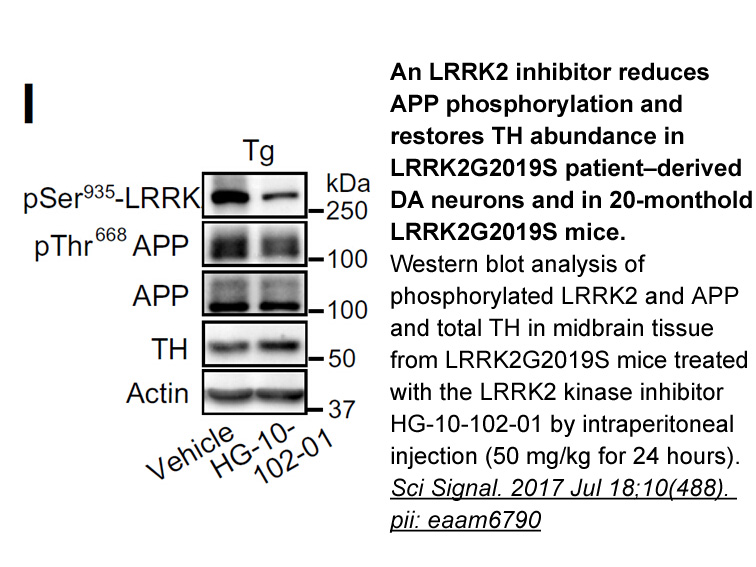
We performed three baseline scans in two baboons and one blocking study by administering 1 mg/kg (i.v) meloxicam 30 min prior to [C]TMI injection (injected activity 175.75 ± 18.5 MBq, mass of unlabeled TMI Sal 003 sale barrier (BBB) and retained in brain with a somewhat heterogeneous pattern (). Tim
-
Impulsive burying and freezing behaviors in
2020-01-15
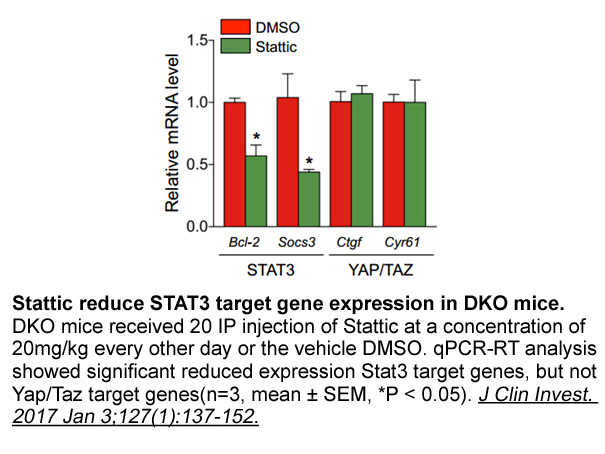
Impulsive burying and freezing behaviors in response to aversive stimuli may represent attempts to avoid novel and/or aversive stimuli. These behaviors can be assessed utilizing the marble burying and conditioned fear tasks, respectively. For example, Wistar rats in proestrus and ovariectomized rats
-
There is an opposite opinion indicating that EphB
2020-01-14
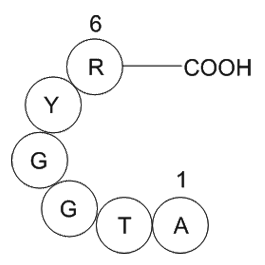
There is an opposite opinion indicating that EphB plays a role as cancer suppressor. Batlle et al. showed that loss of EphB expression represented a critical step in CRC progression, and CRCs that lacked EphB2 expression have been correlated with more advanced tumour stage, poor differentiation, and
-
br Introduction Hydrogen sulfide H S and nitric oxide
2020-01-14
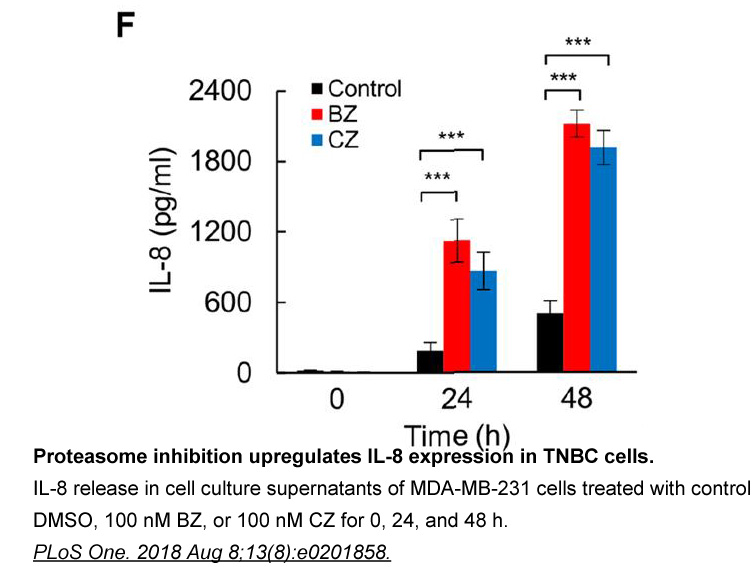
Introduction Hydrogen sulfide (H2S) and nitric oxide (NO) are important gasotransmitters in the cardiovascular system and instrumental to the fine control of vascular tone [1] and cellular function [2]. NO is synthesized from l-arginine by calmodulin-dependent endothelial nitric oxide synthase (e
15548 records 888/1037 page Previous Next First page 上5页 886887888889890 下5页 Last page